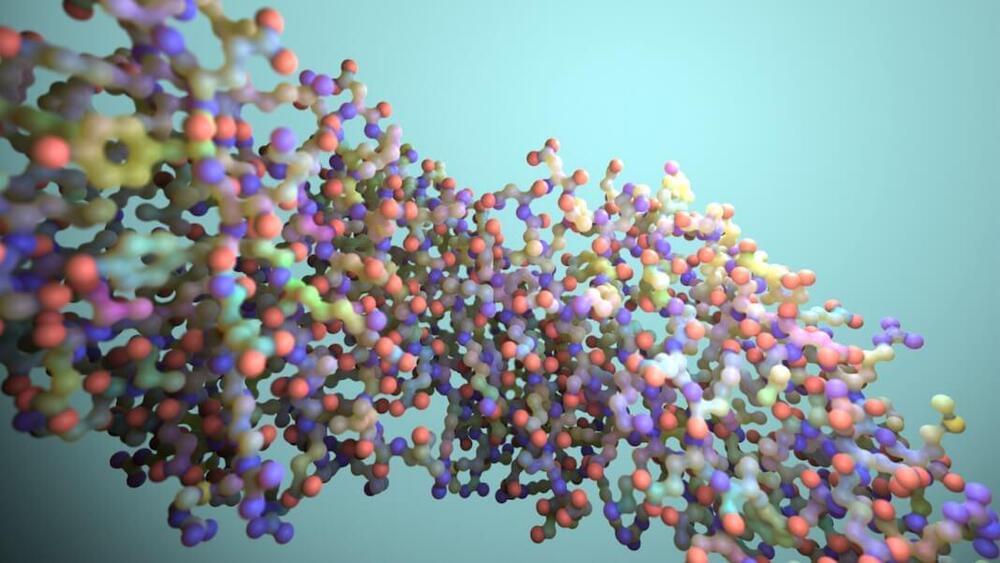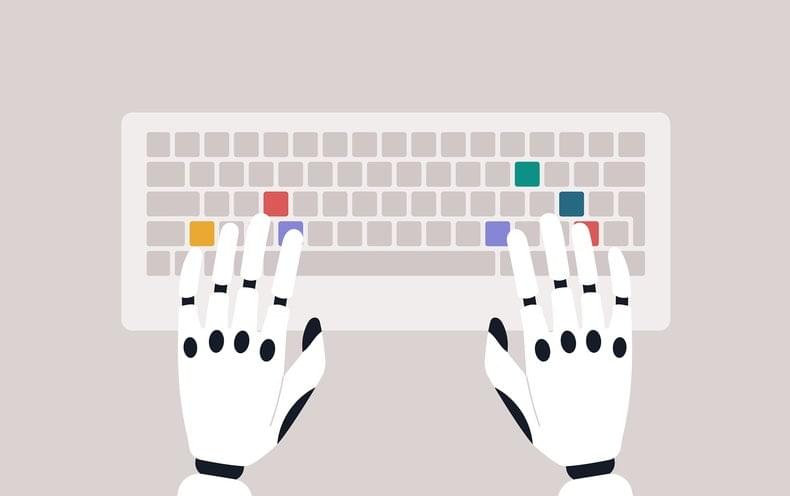Year 2022 😗
AI observed videos of lava lamps and inflatable air dancers and identified dozens of physics variables that scientists don’t yet understand.


Year 2022 What they find is a new type of physics generated by their artificial intelligence.
The determination of state variables to describe physical systems is a challenging task. A data-driven approach is proposed to automatically identify state variables for unknown systems from high-dimensional observational data.



While “protein” often evokes pictures of chicken breasts, these molecules are more similar to an intricate Lego puzzle. Building a protein starts with a string of amino acids—think a myriad of Christmas lights on a string— which then fold into 3D structures (like rumpling them up for storage).
DeepMind and Baker both made waves when they each developed algorithms to predict the structure of any protein based on their amino acid sequence. It was no simple endeavor; the predictions were mapped at the atomic level.
Designing new proteins raises the complexity to another level. This year Baker’s lab took a stab at it, with one effort using good old screening techniques and another relying on deep learning hallucinations. Both algorithms are extremely powerful for demystifying natural proteins and generating new ones, but they were hard to scale up.

Since OpenAI released ChatGPT, there has been a lot of speculation about what its killer app will be. And perhaps topping the list is online search. According to The New York Times, Google’s management has declared a “code red” and is scrambling to protect its online search monopoly against the disruption that ChatGPT will bring.
ChatGPT is a wonderful technology, one that has a great chance of redefining the way we create and interact with digital information. It can have many interesting applications, including for online search.
But it might be a bit of a stretch to claim that it will dethrone Google—at least from what we have seen so far. For the moment, large language models (LLM) have many problems that need to be fixed before they can possibly challenge search engines. And even when the technology matures, Google Search might be positioned to gain the most from LLMs.

Timetable.
0:00 — AI in our society.
0:46 — Defining Algocracy.
1:00 — Current AI algorithms.
2:20 — Future of AI decision-making.
5:59 — AI governance scenarios.
7:43 — Poll on our opinions of AI
8:35 — What actually worries experts.
10:02 — What now?
Subscribe for more insight on the future of AI in our society.
Written Sources:
Civil society calls on the EU to prohibit predictive and profiling AI systems in law enforcement and criminal justice.
https://www.statewatch.org/news/2022/march/civil-society-cal…l-justice/
Toward a Theory of Justice for Artificial Intelligence, Gabriel.
https://direct.mit.edu/daed/article/151/2/218/110610/Toward-…Artificial.
EUROPEAN TECH INSIGHTS 2021 PART II, IE Center For The Governance Of Change.
https://www.ie.edu/cgc/research/european-tech-insights/?subm…wnload-cgc.
Noble, Safiya Umoja (20 February 2018). Algorithms of Oppression: How Search Engines Reinforce Racism. New York: NYU Press. ISBN 978–1479837243.
This short film was made in 24 hours using ARTIFICIAL INTELLIGENCE
No image was captured, drawn or modeled.
No text was written or recorded.
No music was written or performed.
The human being was only needed to give prompts and to put the pieces together.
Image Generator — Dall-E
Depth Map — 3D Photo Depth Map.
2.5D Motion — Depthy.
Written — ChatGPT
Voice Generator — FakeYou.
Voice Enhance — Adobe Podcast.
Music Generator — Soundraw.
Editing Software — Vegas.
Human Idea — Bruno Carnide.
